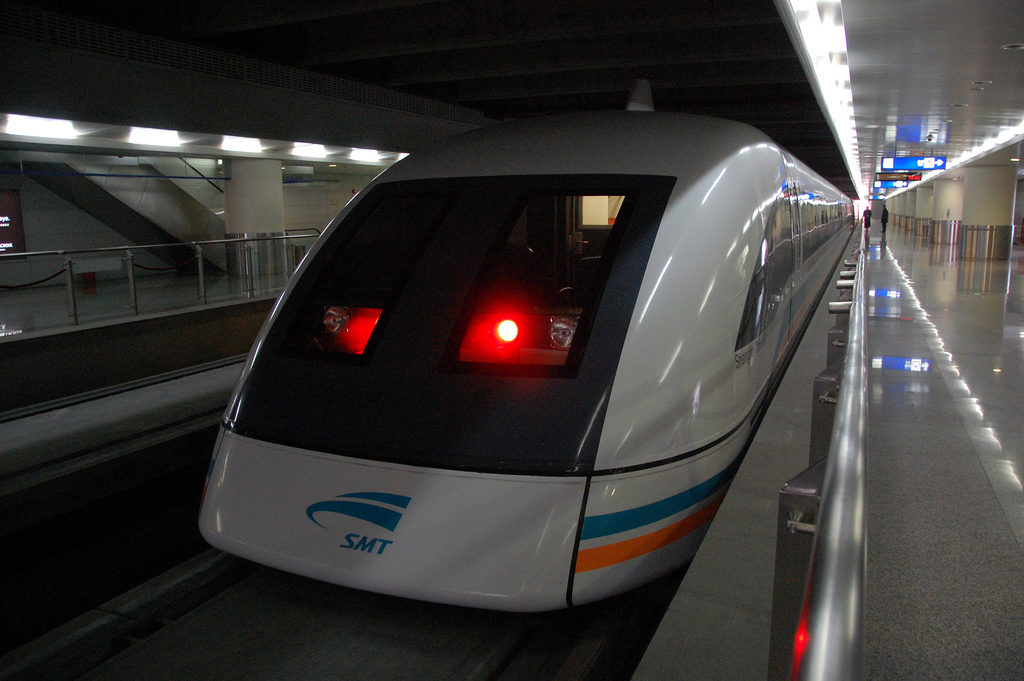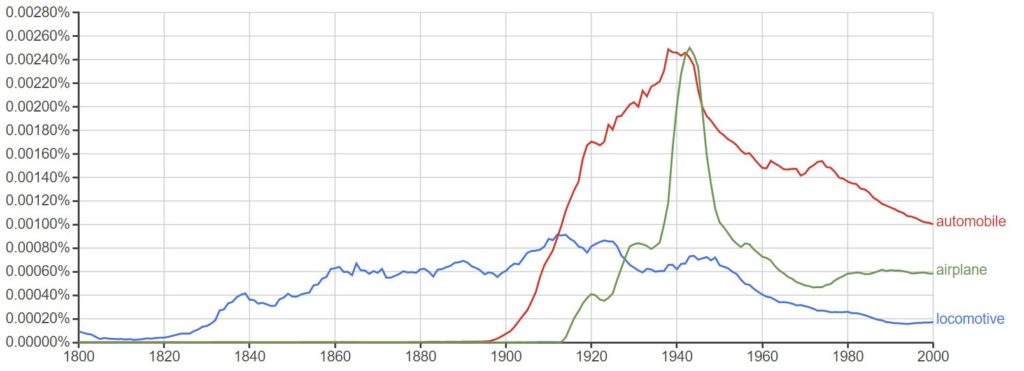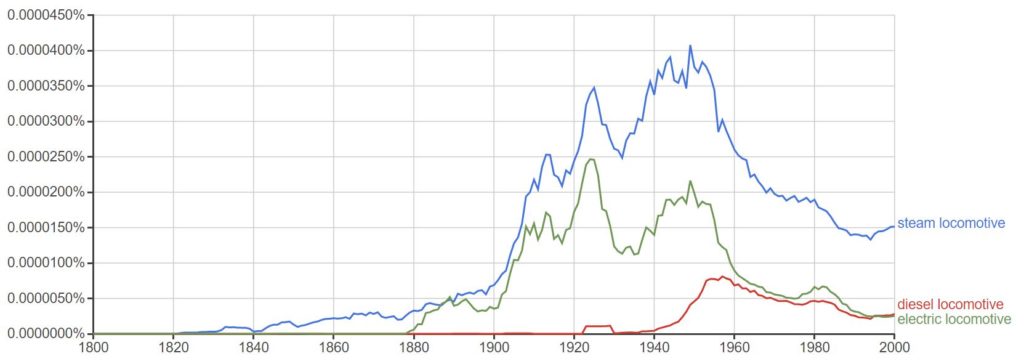How mature is your technology?
 As a technologist it’s important to know the maturity of a technology. Like people, technologies are born, they become children, then adolescents, then adults and then they die. And like with people, the character and behavior of technologies change as they grown and age. A fledgling technology may have a lot of potential, but it can’t pay the mortgage until it matures. To know a technologies level of maturity is to know when it’s premature to invest, to know when it’s time to invest, to know when to ride it for all it’s worth and time to let it go.
As a technologist it’s important to know the maturity of a technology. Like people, technologies are born, they become children, then adolescents, then adults and then they die. And like with people, the character and behavior of technologies change as they grown and age. A fledgling technology may have a lot of potential, but it can’t pay the mortgage until it matures. To know a technologies level of maturity is to know when it’s premature to invest, to know when it’s time to invest, to know when to ride it for all it’s worth and time to let it go.
Google has a tool called Ngram Viewer that performs keyword searches of a vast library of books and returns a plot of how frequently the word was found in the books. Just type the word in the search line, specify the years (1800-2007) and look at the graph.
Below is a graph I created for three words: locomotive, automobile and airplane. (Link to graph.) If each word is assumed to represent a technology, the graph makes it clear when authors started to write about the technologies (left is earliest) and how frequently it was used (taller is more prevalent). As a technology, locomotives came first, as they were mentioned in books as early as 1800. Next came the automobile which hit the books just before 1900. And then came the airplane which first showed itself in about 1915.
In the 1820s the locomotives were infants. They were slow, inefficient and unreliable. But over time they matured and replaced the Pony Express. In the late 1890s the automobiles were also infants and also slow, inefficient and unreliable. But as they matured, they displaced some of the locomotives. And the airplanes of 1915 were unsafe and barely flight-worthy. But over time they matured and displaced the automobiles for the longest trips.
[Side note – the blip in use of the word in 1940s is probably linked to World War II.]
But for the locomotive, there’s a story with a story. Below is a graph I created for: steam locomotive, diesel locomotive and electric locomotive. After it matured in the 1840s and became faster and more efficient, the steam locomotive displaced the wagon trains. But, as technology likes to do, the electric locomotive matured several decades after it’s birth in 1880 and displaced it’s technological parent the steam locomotive. There was no smoke with the electric locomotive (city applications) and it did not need to stop to replenish it’s coal and water. And then, because turn-about is fair play, the diesel locomotive displaced some of the electric locomotives.
The Ngram Viewer tool isn’t used for technology development because books are published long after the initial technology development is completed and there is no data after 20o7. But, it provides a good example of how new technologies emerge in society and how they grow and displace each other.
To assess the maturity of the youngest technologies, technologists perform similar time-based analyses but on different data sets. Specialized tools are used to make similar graphs for patents, where infant technologies become public when they’re disclosed in the form of patents. Also, special tools are used to analyze the prevalence of keywords (i.e., locomotives) for scientific publications. The analysis is similar to the Ngram Viewer analysis, but the scientific publications describe the new technologies much sooner after their birth.
To know the maturity of the technology is to know when a technology has legs and when it’s time to invent it’s replacement. There’s nothing worse than trying to improve a mature technology like the diesel locomotive when you should be inventing the next generation Maglev train.
Image credit – kanegen


 Mike Shipulski
Mike Shipulski